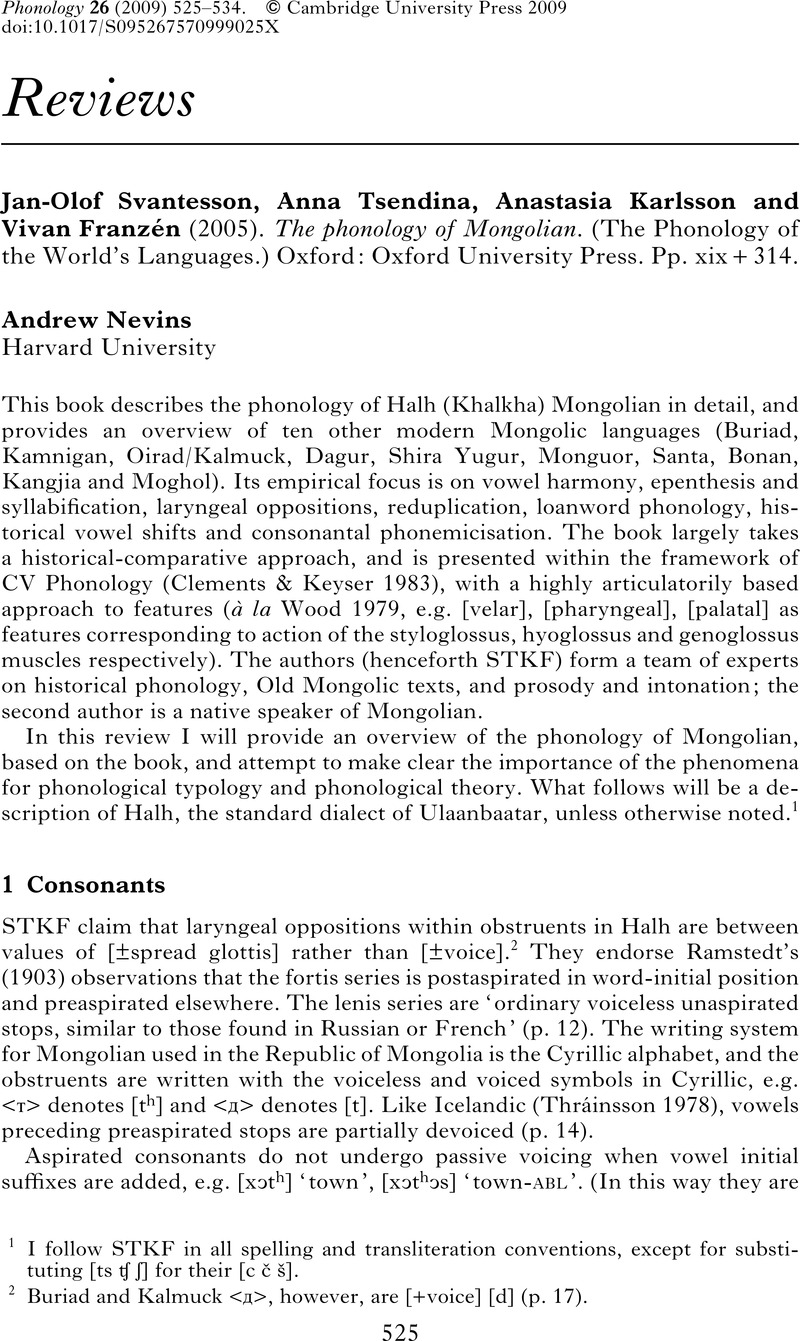Bobaljik, Jonathan D. (
1997). Mostly predictable: cyclicity and the distribution of schwa in Itelmen. In
Samiian, Vida (ed.)
Proceedings of the 26th Western Conference on Linguistics (
WECOL).
Fresno:
Department of Linguistics, California State University, Fresno.
14–
28. Available as ROA-208 from the Rutgers Optimality Archive.
Google Scholar 